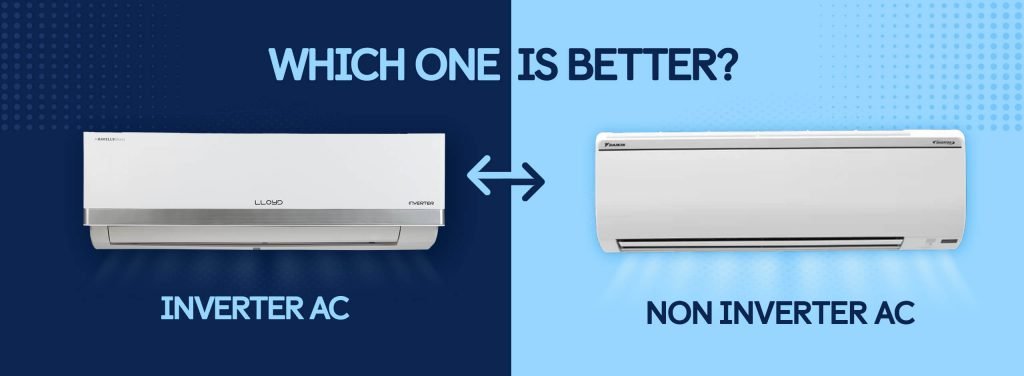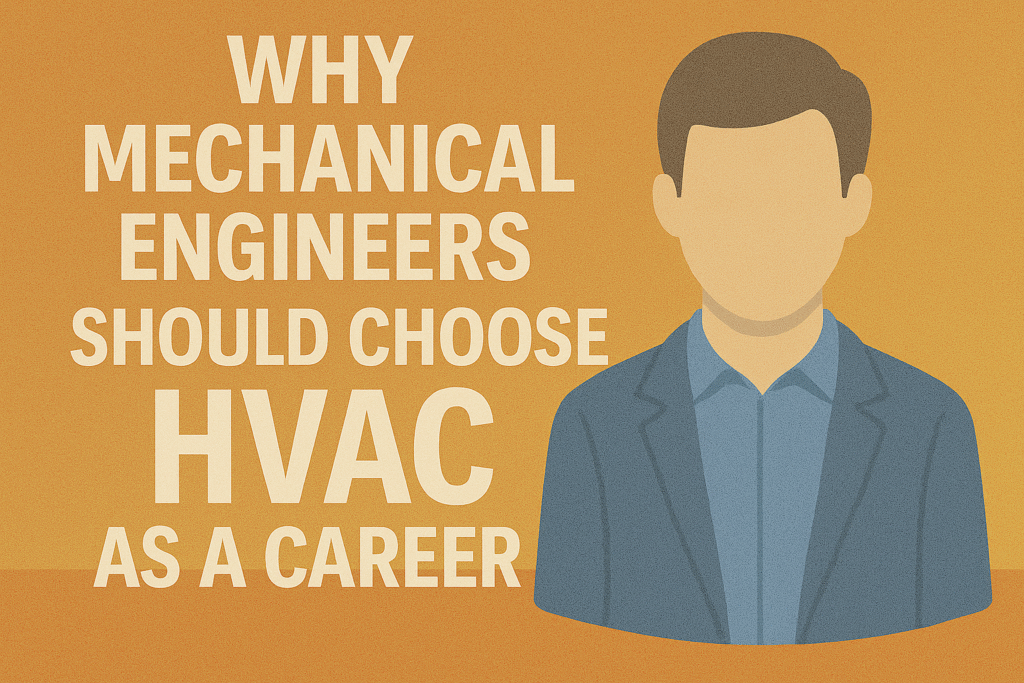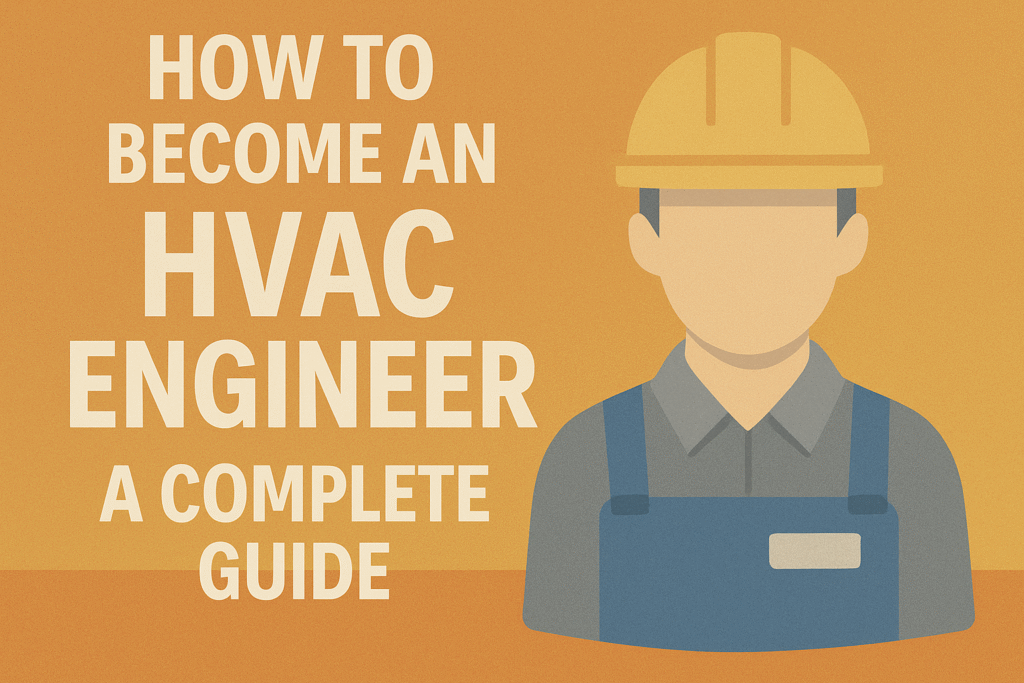As summer temperatures continue to rise across India and energy bills soar, one question dominates the minds of AC buyers: “Inverter vs Non-Inverter AC – which one saves more electricity?” The answer, while simple in concept, opens the door to a deeper understanding of how these two technologies work and how choosing the right air conditioner can save you thousands of rupees every year.
If you’re planning to purchase a new air conditioner in 2025, especially through Amazon or Flipkart, this article will help you make an informed, cost-effective decision—and yes, we’ll also recommend some top models with links so you can shop smartly.
Understanding the Basics: How Inverter & Non-Inverter ACs Work
Let’s break down the core difference: Inverter ACs regulate the compressor speed, while non-inverter ACs run at a fixed speed.
In a non-inverter AC, once the desired temperature is reached, the compressor simply turns off. When the room heats up again, it restarts. This on-and-off cycling not only causes fluctuations in temperature but also consumes more electricity due to the high power draw required during each start-up.
In contrast, inverter ACs adjust the compressor speed dynamically. Instead of turning off, the compressor slows down but keeps running. This not only maintains a more consistent room temperature but also drastically reduces power consumption over time.
Think of it like driving: a non-inverter AC is like constantly accelerating and braking in traffic, while an inverter AC is like cruising at a steady speed on the highway. Naturally, cruising consumes less fuel—similarly, an inverter AC consumes less power.
Power Consumption: Which One is More Energy Efficient?
The Clear Winner: Inverter AC
If your electricity bill matters (and it should), inverter ACs outperform non-inverter ACs in every real-world scenario. According to studies and manufacturer data, inverter ACs can save 30–50% more electricity compared to non-inverter models of the same tonnage.
Also, modern inverter ACs now come with AI Convertible technology, dual inverters, and smart sensors that further optimize efficiency based on the number of occupants and ambient temperatures. In 2025, most premium models from brands like LG, Daikin, and Panasonic include these features by default.
Real Cost Comparison:
| Type of AC | Monthly Usage (Hours) | Avg Monthly Bill (1.5TR, 5 Star) |
|---|---|---|
| Inverter AC | 6 hrs/day | ₹800–₹1,200 |
| Non-Inverter AC | 6 hrs/day | ₹1,500–₹2,200 |
So over the summer months, an inverter AC could save you ₹6,000–₹10,000 or more per year.
Maintenance & Durability
Inverter ACs, due to their continuous operation, face less wear and tear. The compressor isn’t under frequent stress from turning on and off, making it more durable. Also, many brands now offer 10-year warranties on inverter compressors, a confidence signal that you’re making a long-term investment.
Non-inverter ACs may have lower upfront costs, but over 3–5 years, the higher electricity bills and more frequent service requirements tend to cancel out any initial savings.
Price Difference: Is Inverter Worth It?
Inverter ACs do cost ₹4,000–₹8,000 more than their non-inverter counterparts initially. But if you’re running the AC regularly for 4–8 hours/day, you’ll recover the difference in just 1–2 years through savings on your electricity bill.
It’s an investment that pays for itself—and helps the environment too.
Best Inverter ACs to Buy in 2025 (With Amazon Affiliate Scope)
Here are some of the best inverter ACs in India in 2025 that offer excellent cooling, energy efficiency, and long-term reliability. You can insert Amazon affiliate links here when publishing.
1. LG 1.5 Ton 5 Star AI DUAL Inverter Split AC
- Model: RS-Q19YNZE
- Highlights: AI Convertible 6-in-1 cooling, Ocean Black Protection, 5-star rated
- Ideal for medium-sized rooms (130–160 sq. ft.)
➡️ Buy Now on Amazon
2. Panasonic 1.5 Ton 5 Star Wi-Fi Twin Cool Inverter Split AC
- Model: CS/CU-NU18YKY5W
- Features: Smart app control, PM 2.5 filter, voice assistant enabled
- Excellent for tech-savvy homes
➡️ Buy Now on Amazon
3. Daikin 1.5 Ton 5 Star Inverter Split AC
- Model: FTKM50U
- Features: Neo Swing Inverter, Power Chill Mode, Indoor Quiet Operation
- Known for stable cooling and low maintenance
➡️ Buy Now on Amazon
4. Blue Star 1.5 Ton 3 Star Inverter Split AC
- Model: IA318DNU
- Features: Eco Mode, 2-way swing, turbo cool function
- Good entry-level inverter AC
➡️ Buy Now on Amazon
Final Verdict: Inverter vs Non-Inverter AC – Which Should You Buy?

There’s really no contest anymore. While non-inverter ACs might still be found in budget listings or lower-tier hotel rooms, inverter ACs are the smarter, more economical, and environmentally friendly choice for any homeowner in 2025.
From saving on electricity bills to better temperature control and long-term durability, inverter air conditioners offer clear advantages that justify their slightly higher upfront cost.
If you’re looking to future-proof your cooling while keeping bills low, go with an inverter AC. Your comfort—and your wallet—will thank you.
Frequently Asked Questions (FAQs)
1. Can a non-inverter AC be upgraded to inverter later?
No. The compressor and control mechanism are entirely different. You’d need a new unit.
2. How much electricity does an inverter AC save per month?
Roughly 30–50% compared to a non-inverter AC of the same capacity.
3. Are inverter ACs harder to repair?
Not really. Most branded inverter ACs come with dedicated service teams and long warranties. Repairs are rare if you buy from a reliable brand.


